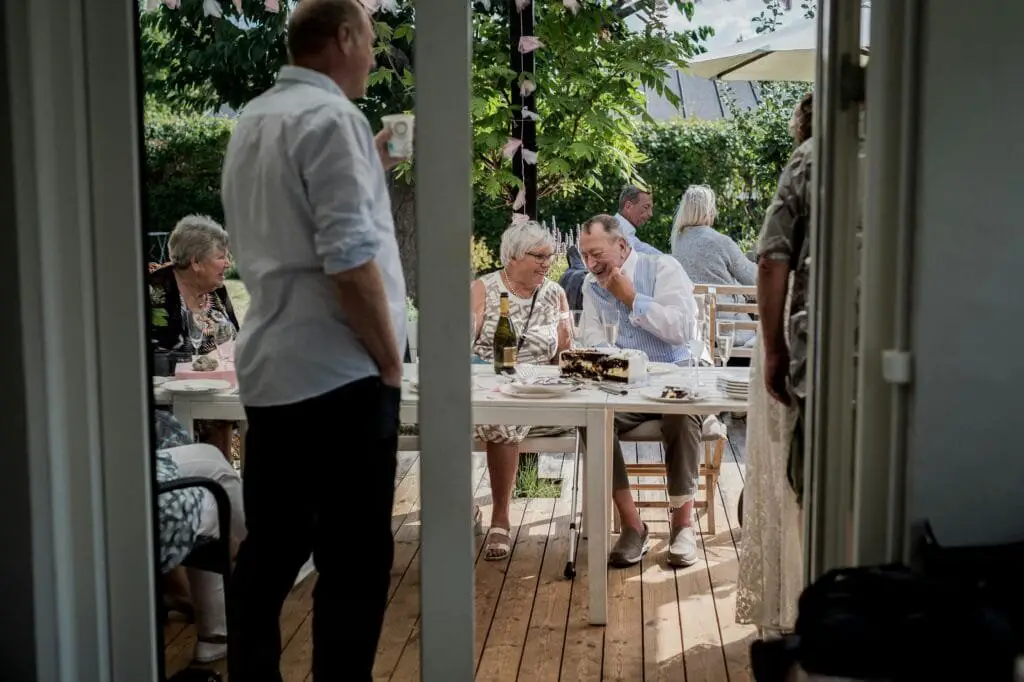1. Mini Skirts
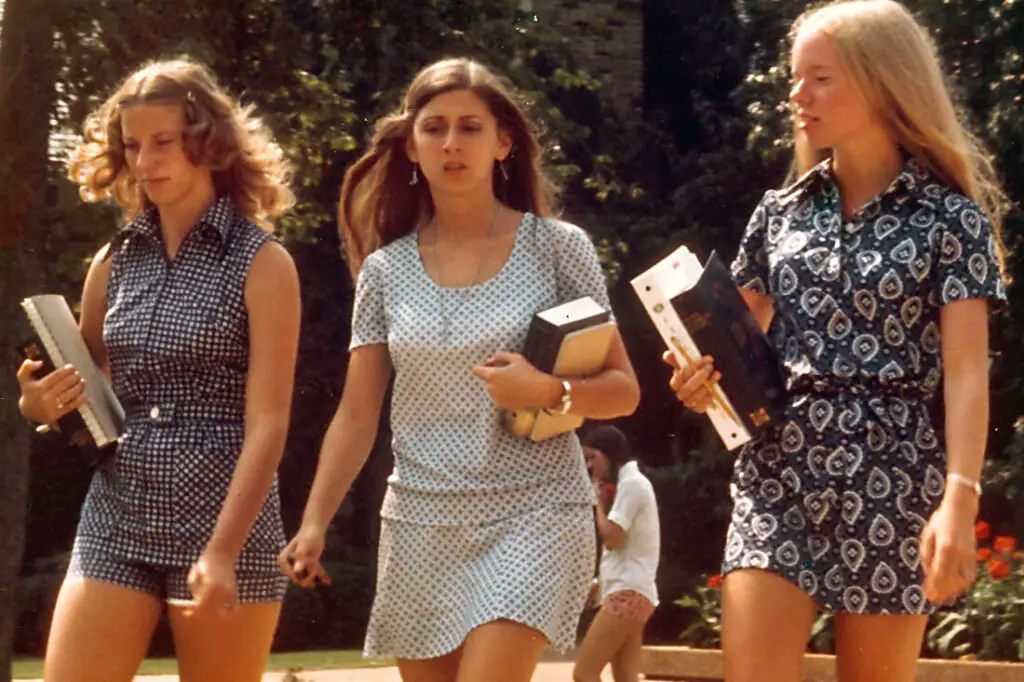
The mini skirt was the revolutionary fashion statement of the 1960s. On TV, it looked sharp and fun, often paired with bold patterns and bright colors, giving off a carefree, modern vibe. Actresses like Twiggy and the girls on The Monkees made the mini skirt a symbol of youthful rebellion. The shorter the skirt, the bolder the statement. But in real life, it wasn’t always as glamorous as it seemed. Walking around in a mini skirt meant constantly tugging it down, especially when it came to sitting down or bending over. And let’s not forget that the trend wasn’t exactly practical for all seasons, especially in chillier climates.
The mini skirt was iconic for its impact on fashion, but it wasn’t necessarily the most comfortable or versatile option for daily life. On TV, it was paired effortlessly with long boots and tights, giving it a chic edge. In reality, though, finding the right mini skirt that fit comfortably and didn’t ride up was a whole different story.
2. Mod Suits

The Mod look was all the rage in the ‘60s, thanks to characters like the ones in The Avengers, where Diana Rigg’s Emma Peel rocked sharp, tailored mod suits. These outfits, with their geometric patterns and bold lines, seemed like the epitome of stylish sophistication. On screen, they gave off an aura of mystery and confidence, making every scene feel fresh and cutting-edge. But in real life, the sleek, structured mod suits could feel a bit too stiff. The angular lines that looked so fashionable on TV often didn’t flatter everyone’s body type. Plus, the material—often heavy wool—wasn’t always the most comfortable.
Though mod suits were revolutionary, they didn’t always translate well to everyday wear. For most people, the need for a perfectly tailored suit made them impractical, and the heavy fabrics could be a real hassle when running errands or attending casual outings.
3. Bell-Bottom Pants
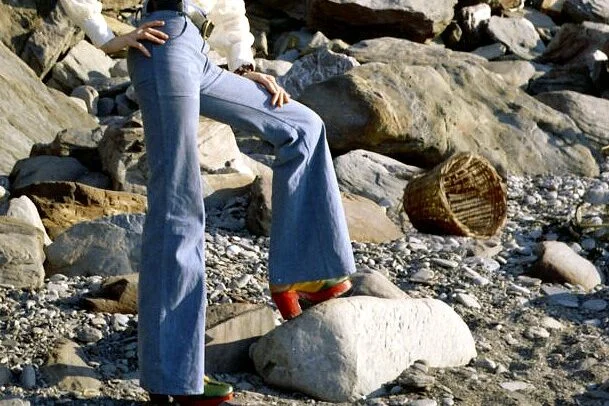
Bell-bottoms were a staple of ‘60s fashion, with shows like The Monkees showcasing them in vibrant colors and wild patterns. These pants seemed like the perfect embodiment of ‘60s fun and freedom, flowing gracefully as characters danced or strutted through scenes. However, in real life, they were a bit more troublesome than they appeared. The exaggerated flare at the bottom often caught on things or got in the way when walking, not to mention they didn’t work well with all types of footwear. Finding shoes to wear with bell-bottoms wasn’t easy, as boots or heels were the only real options that kept the pants from dragging on the ground.
Moreover, the wide-leg style wasn’t ideal for all body types. While it worked wonders for TV characters who were often styled to perfection, in reality, they could make anyone feel a bit like they were drowning in fabric.
4. Boxy Dresses
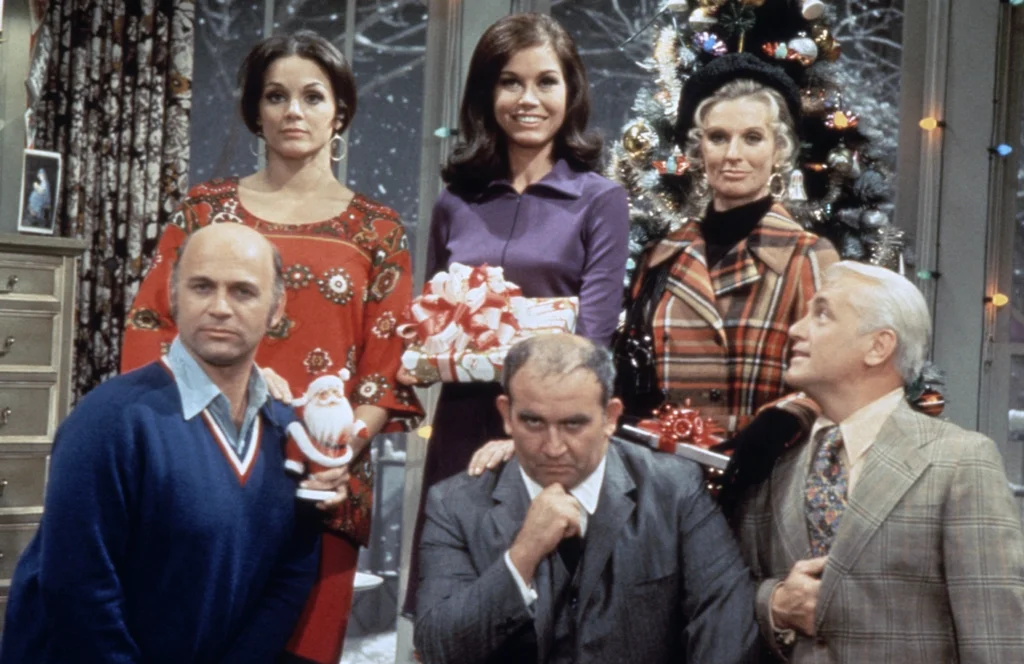
Boxy dresses were all the rage during the early ‘60s, with actresses like Mary Tyler Moore wearing them on The Dick Van Dyke Show. These dresses had no waistline and were meant to evoke a sense of ease and comfort, making them seem like the perfect outfit for any occasion. On TV, they often looked polished and sophisticated, especially when paired with a chic bob hairstyle. In reality, however, the lack of a defined waist made many people feel frumpy or shapeless. While the dress was meant to feel free and breezy, it didn’t always do justice to individual body shapes, especially in everyday settings.
For a trend that was marketed as comfortable and effortlessly stylish, the boxy dress left much to be desired when worn off-screen. It was perfect for TV characters who were mostly sitting or standing still, but in real life, it often felt too formal or unflattering.
5. Puffy Sleeves
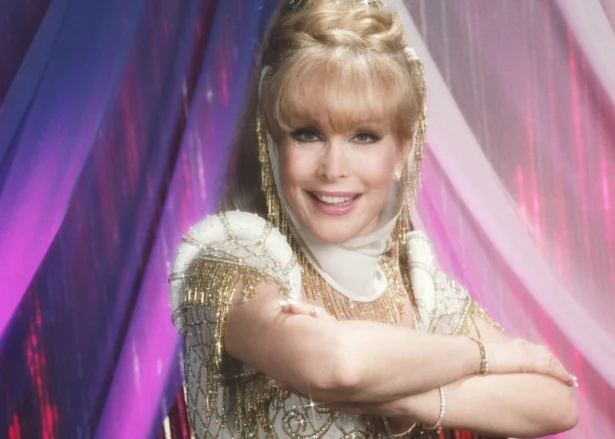
Puffy sleeves were everywhere in the ‘60s, often seen in sitcoms like I Dream of Jeannie, where Barbara Eden’s character wore billowing sleeves that added to her whimsical charm. These sleeves made a dramatic statement, and on TV, they added a sense of fantasy and flair to any character’s look. But in real life, the oversized sleeves often proved impractical. They were prone to getting caught on door handles, chairs, or just about anything you could imagine. Plus, the extra fabric wasn’t always the most comfortable, especially during warmer months.
The puffy sleeve look could be a fun throwback for a special occasion, but as an everyday style choice, it wasn’t something many people could pull off without feeling like they were in the middle of a costume. While they added a touch of drama on screen, they were a bit too much for real life.
6. Cat-Eye Glasses
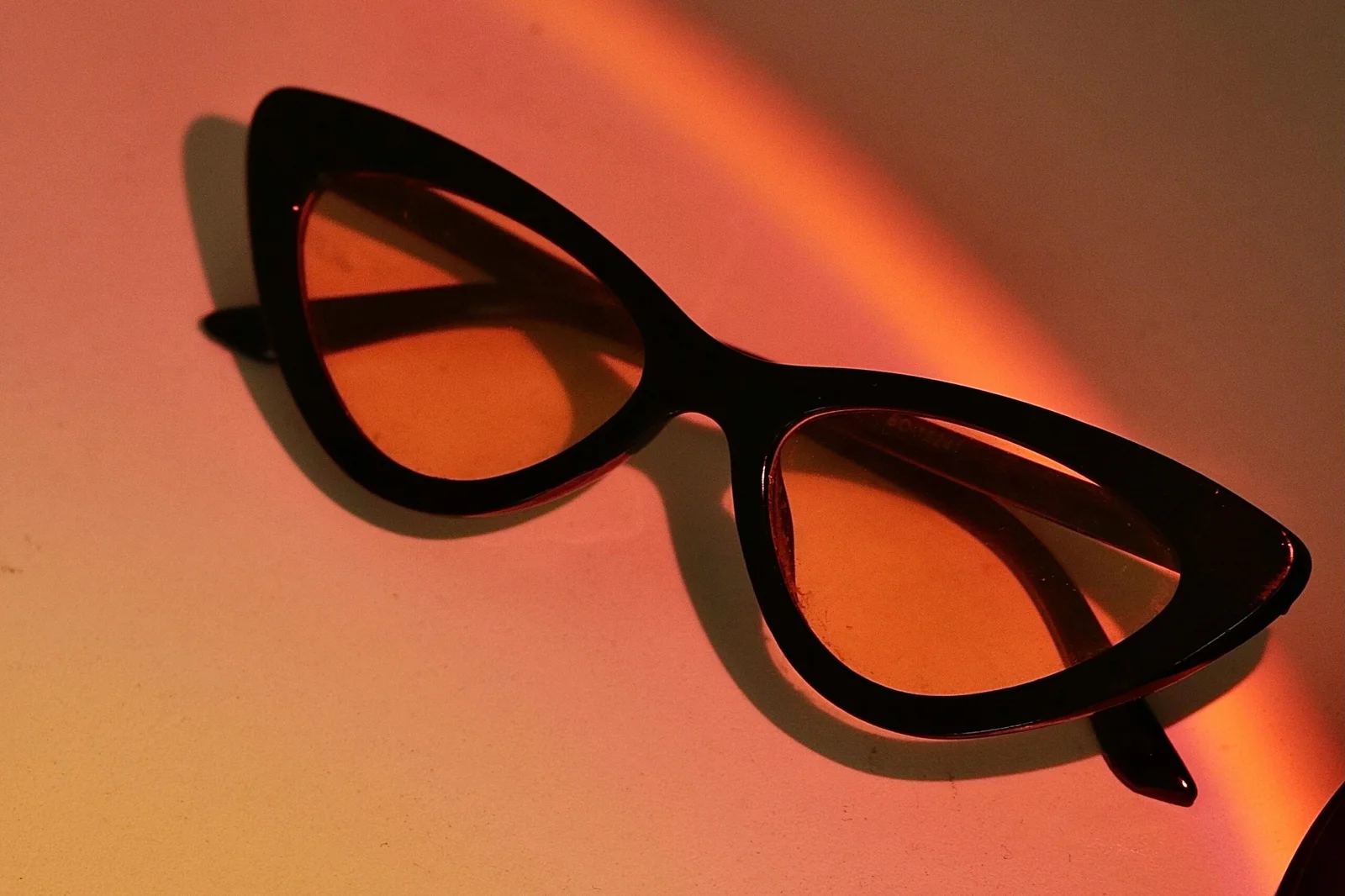
Cat-eye glasses were a staple accessory in the ‘60s, with stars like Audrey Hepburn in Breakfast at Tiffany’s and numerous TV actresses sporting the sharp, upward curves of these frames. They had a sophisticated yet playful look, giving off an air of mystery and charm. However, in real life, they didn’t always have the same impact. The exaggerated shape could be uncomfortable for many, especially when it came to fitting the frames just right. They also didn’t always mesh well with every face shape, leaving some people feeling like they were wearing a costume rather than a stylish accessory.
While the cat-eye glasses worked wonderfully in the movies and on TV, they didn’t always flatter or fit as well in day-to-day life. The trend was all about making a bold statement, but sometimes it felt like more effort than it was worth for an everyday look.
7. Turtlenecks
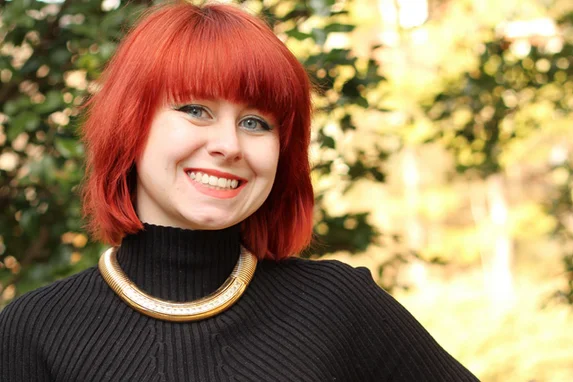
Turtlenecks were a quintessential ‘60s look, often seen on TV shows like The Twilight Zone, where characters would wear them to appear sleek and mysterious. On screen, the fitted design and high collar made characters look effortlessly cool and chic. In real life, though, the snugness of a turtleneck could become uncomfortable after just a few hours, especially if the fabric wasn’t breathable. The close-fitting neck can sometimes feel too restrictive, especially when paired with layered outfits.
While the turtleneck certainly had its moments of glory, it wasn’t always the most practical piece to wear day in and day out. On TV, it might look stylish and edgy, but for many people, it just felt like something they couldn’t wait to take off after a long day.


